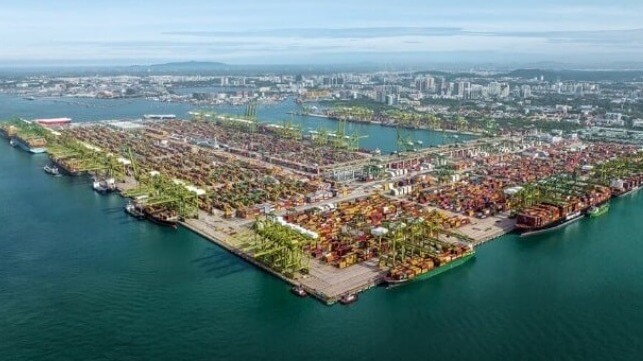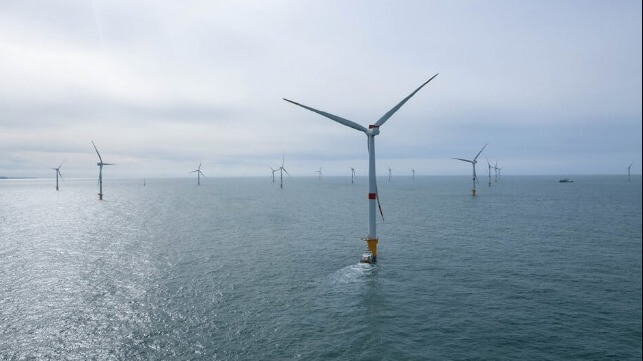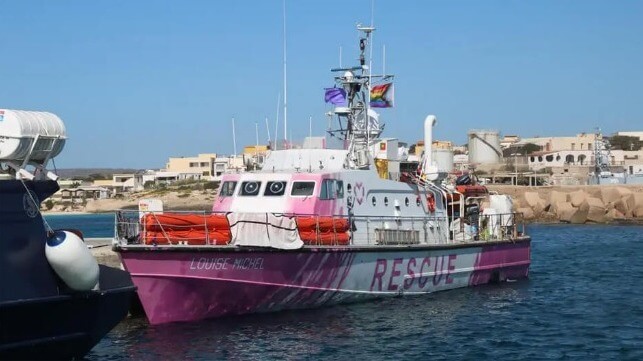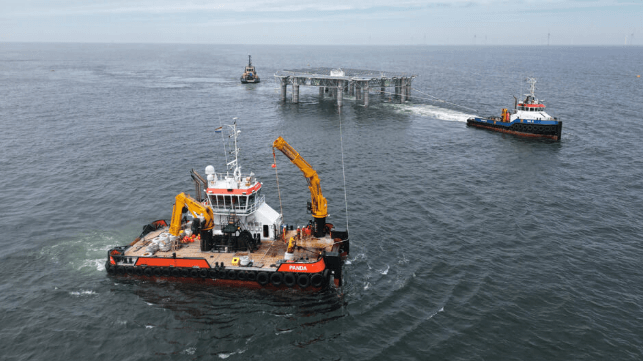Assange’s Return to Australia: The Resentment of the Hacks
Julian Assange of WikiLeaks fame is now back in the country of his birth, having endured conditions of captivity ranging from cramped digs in London’s Ecuadorian embassy to the maximum-security facilities of Belmarsh Prison. His return to Australia after striking a plea deal with the US Department of Justice sees him in a state with some of the most onerous secrecy provisions of any in the Western world.
As of January 2023, according to the Attorney-General’s Department, the Australian Commonwealth had 11 general secrecy offences in Part 5.6 of the Criminal Code, 542 specific secrecy offences across 178 Commonwealth laws and 296 non-disclosure duties spanning 107 Commonwealth laws criminalising unauthorised disclosure of information by current and former employees of the Commonwealth.
In November 2023, the Albanese Government agreed to 11 recommendations advanced by the final report of the review of secrecy provisions. While aspiring to thin back the excessive overgrowth of secrecy, old habits die hard. Suggested protections regarding press freedom and individuals providing information to Royal Commissions will hardly instil confidence.
With that background, it is unsurprising that Assange’s return, while delighting his family, supporters and free press advocates, has stirred the seething resentment of the national security establishment, Fourth Estate crawlers, and any number of journalistic sellouts. Damn it all, such attitudes seem to say: he transformed journalism, stole away our self-censorship, exposed readers to the original classified text, and let the public decide for itself how to react to disclosures revealing the abuse of power. Minimal editorialising; maximum textual interpretation through the eyes of the universal citizenry, a terrifying prospect for those in government.
Given that the Australian press establishment is distastefully comfortable with politicians – the national broadcaster, the Australian Broadcasting Corporation, for instance, has a central reporting bureau in Canberra’s Parliament House – Assange’s return has brought much agitation. The Canberra press corps earn their crust in a perversely symbiotic, and often uncritical relationship, with the political establishment that furnishes them with rationed morsels of information. The last thing they want is an active Assange scuppering such a neat understanding, a radical transparency warrior keenly upsetting conventions of hypocrisy long respected.
Let’s wade through the venom. Press gallery scribbler Phillip Coorey of the Australian Financial Review proved provincially ignorant, his mind ill-temperedly confused about WikiLeaks. “I have never been able to make up my mind about Assange.” Given that his profession benefits from leaks, whistleblowing and the exposure of abuses, one wonders what he is doing in it. Assange has, after all, been convicted under the US Espionage Act of 1917 for engaging in that very activity, a matter that should give Coorey pause for outrage.
For the veteran journalist, another parallel was more appropriate, something rather distant from any notions of public interest journalism that had effectively been criminalised by the US Republic. “The release of Julian Assange has closer parallels to that of David Hicks 17 years ago, who like Assange, was deemed to have broken American law while not in that country, and which eventually involved a US president cutting a favour for an Australian prime minister.”
The case of Hicks remains a ghastly reminder of Australian diplomatic and legal cowardice. Coorey is only right to assume that both cases feature tormented flights of fancy by the US imperium keen on breaking a few skulls in their quest to make the world safe for Washington. The military commissions, of which Hicks was a victim, were created during the madly named Global War on Terror pursuant to presidential military order. Intended to try non-US citizens suspected of terrorism held at the Guantánamo Bay detention facility, they were farcical exercises of executive power, a fact pointed out by the US Supreme Court in 2006. It took Congressional authorisation via the Military Commissions Act in 2009 to spare them.
Coorey’s colleague and international editor of The Sydney Morning Herald and The Age, Peter Hartcher, was similarly uninterested in what Assange exposed, babbling about the publisher’s return as the moment “Assangeism came into plain view”. He had no stomach for “the cult” which seemed to have infected Canberra’s cold weather. He also wondered whether Assange could constructively “use his global celebrity status to campaign for public interest journalism and human rights”. To do so – and here, teacher’s pet of the political establishment, beater of the war drum for the United States – Assange would have to “fundamentally” alter “his ways to advance the cause”.
All this was a prelude for Hartcher to take the hatchet to the journalistic exploits of a man more decorated with journalism awards that many in the Canberra gallery combined. The claim that he is “a journalist is hotly contested by actual journalists.” Despite the US government conceding that the disclosures by WikiLeaks had not resulted in harm to US sources, “there were many other victims of Assange’s project.” The returned publisher was only in Australia “on probation”, a signal reminder that the media establishment will be attempting to badger him into treacherous conformity.
Even this language was too mild for another Australian hack, Michael Ware, who had previously worked for Time Magazine and CNN. With pathological inventiveness, he thought Assange “a traitor in the sense that, during a time of war, when we had American, British and Australian troops in the field, under fire, Julian Assange published troves of unredacted documents”. Never mind truth to power; in Ware’s world, veracity is subordinate to it, even in an illegal war. What he calls “methods” and “methodology” cannot be exposed.
Such gutter journalism has its necessary cognate in gutter politics. All regard information was threatening unless appropriately handled, its more potent effects for change stilled. Leader of the opposition in the Senate, Simon Birmingham, found it “completely unnecessary and totally inappropriate for Julian Assange to be greeted like some homecoming hero by the Australian Prime Minister.” Chorusing with hacks Coorey, Hartcher and Ware, Birmingham bleated about the publication by Assange of half a million documents “without having read them, curated them, checked to see if there was anything that could be damaging or risking the lives of others there.” Keep the distortions flying, Senator.
Dennis Richardson, former domestic intelligence chief and revolving door specialist (public servant becomes private profiteer with ease in Canberra), similarly found it inexplicable that the PM contacted Assange with a note of congratulation, or even showed any public interest in his release from a system that was killing him. “I can think of no other reason why a prime minister would ring Assange on his return to Australia except for purposes relating to politics,” moaned Richardson to the Guardian Australia.
For Richardson, Assange had been legitimately convicted, even if it was achieved via that most notorious of mechanisms, the plea deal. The inconvenient aside that Assange had been spied upon by CIA sponsored operatives, considered a possible object of abduction, rendition or assassination never clouds his uncluttered mind.
Sharp eyes will be trained on Assange in Australia, however long he wishes to stay. He is in the bosom of the Five Eyes Alliance, permanently threatened by the prospect of recall and renewed interest by Washington. And there are dozens of journalists, indifferent to the dangers the entire effort against the publisher augurs for their own craft, wishing that to be the case.
Binoy Kampmark was a Commonwealth Scholar at Selwyn College, Cambridge. He lectures at RMIT University, Melbourne. Email: bkampmark@gmail.com. Read other articles by Binoy.









